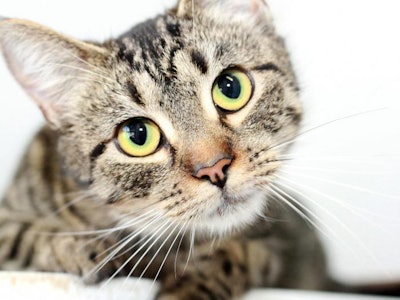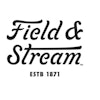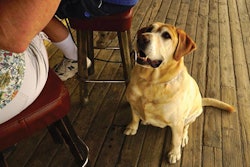
By this fall, Nestle plans to complete the HUF20 billion (US$72 million) expansion of its pet food plant in Bük, Hungary, reported PETS International.
Nestlé expects this pet food plant to become its largest and most important production center in Europe, reported Petfood Industry. It is the largest investment in the company’s history in Hungary, and will strengthen the role of Nestlé Hungária Kft. among the country’s top food industry investors. Changing market demands are given as the reason for the expansion of the pet food plant in Hungary.
The plant will include two new production lines with four fillers and an automated multi-pack packaging unit, which will be fully operational by the end of 2017. The plant, which produces canned pet food, will be transformed with a new production hall of 5,000 square meters, which will have a daily output capacity of 1.6 million products.
The investments will create 70 new workplaces, increasing the total headcount in Bük to nearly 1,000.
Nestle’s history in Hungary
Since it entered the Hungarian market, Nestlé has invested nearly HUF80 billion (US$2.9 billion) in total. Most of this has gone into the development of the site at Bük, including increased capacity, modernized technology and a wider product portfolio at a cost of HUF23 billion (US$8.3 million) in 2011 and 2013.
Nestlé has pet food factories in 9 European countries, with 20% of the total 1 million tons of pet food it manufactures in Europe produced in Hungary. Ninety percent of the pet food produced in Bük is exported. Once the investment is complete, Nestlé says the United Kingdom will take over from Germany as the top export destination, with 35% of the products destined for the U.K. Germany, Austria and Switzerland will remain important markets, together receiving 40% of Bük’s output, and 10% of its future exports will go to Italy.

















